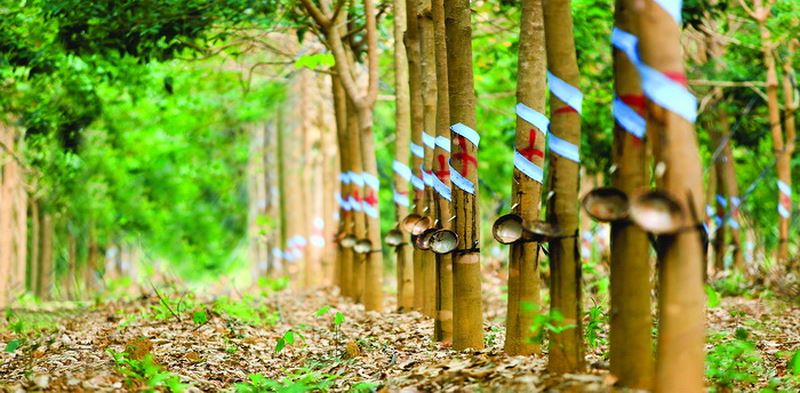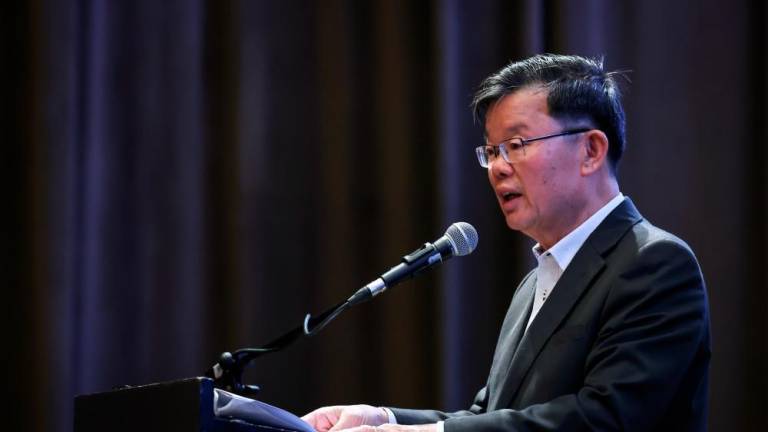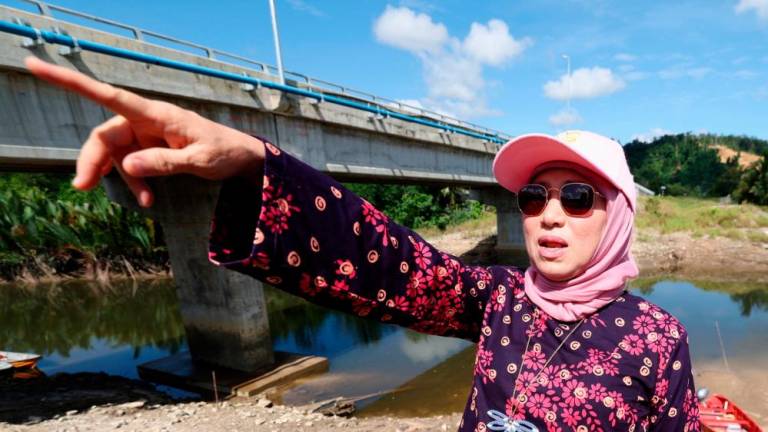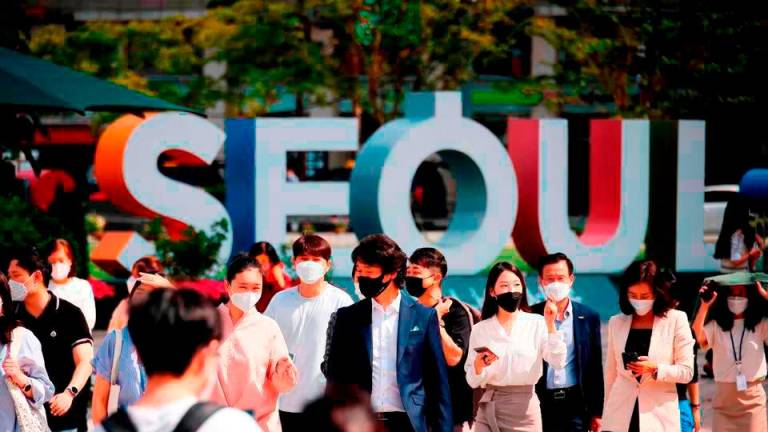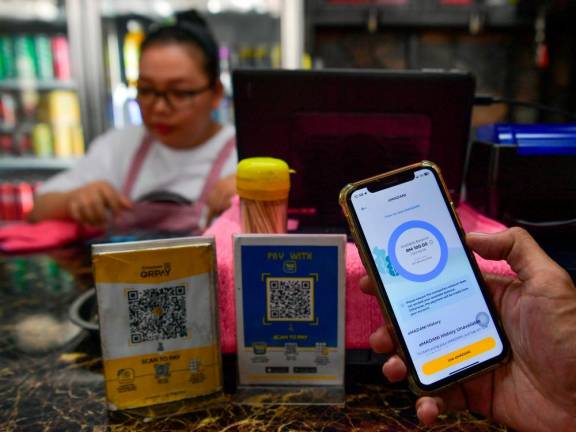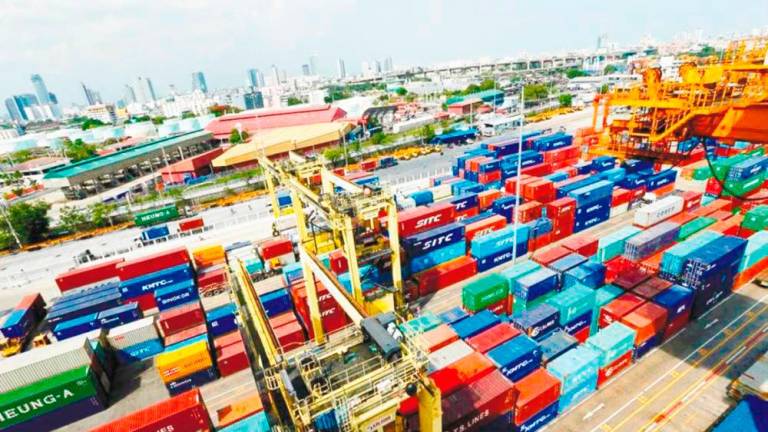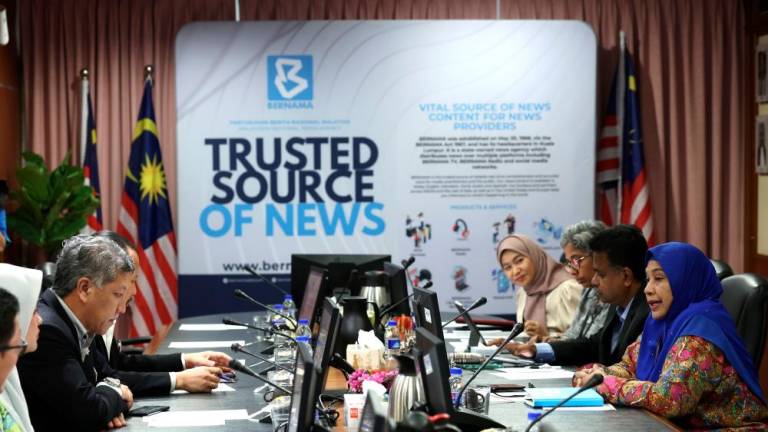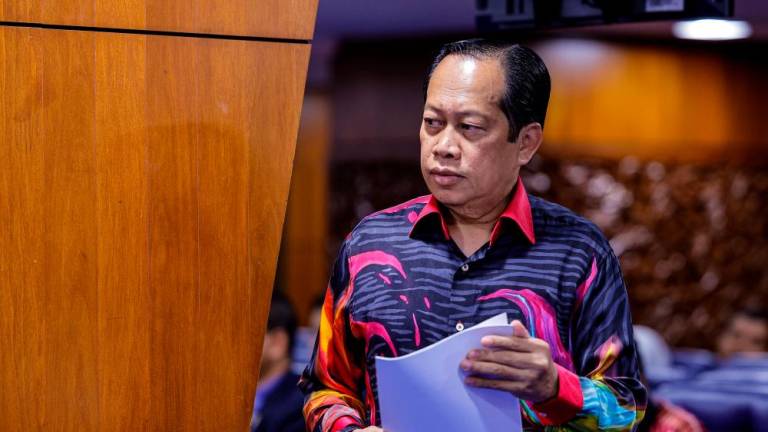BANGKOK: The world’s top producers of natural rubber – Indonesia, Malaysia and Thailand – are committed to strengthening collaboration to develop Rubber City in the Indonesia-Malaysia-Thailand Growth Triangle (IMT-GT) region to boost rubber consumption and promote downstream industry development.
Director of Centre for Indonesia-Malaysia-Thailand Growth Triangle Sub-regional Cooperation (CIMT), Firdaus Dahlan, said the four Rubber City sites – Kedah in Malaysia, Songkhla (Southern Thailand) Tanjung Api-Api (Southern Sumatra) and Sei Mangkei Special Economic Zone (SEZ) in Simalungun, North Sumatera, Indonesia would venture into downstream activities and manufacture of value-added products.
“Indonesia, Malaysia and Thailand are the leading producers of natural rubber to the world market and most of the rubber plantations and production are in the IMT-GT area. The three countries need to strengthen collaboration to boost domestic rubber consumption and stabilise the rubber price in the global market.
“We will establish Project Implementation Team soon. It will be led by the private sector and facilitated by the governments to explore opportunities in downstream rubber industry in the IMT-GT region,” he told Bernama.
Indonesia, Malaysia and Thailand collectively account for 66% of the global natural rubber production. In April this year, the three countries agreed to cut natural rubber exports by 240,000 tonnes for a period of four months.
Indonesian President Joko Widodo chaired the 12th IMT-GT Summit in Bangkok last Sunday, which was held in conjunction with the 34th Asean Summit.
Prime Minister Tun Dr Mahathir Mohamad, Thai Prime Minister General Prayuth Chan o-cha and Asean secretary-general Datuk Lim Jock Hoi and Asian Development Bank (ADB) president Takehiko Nakao attended as development partners.
IMT-GT is a sub-regional cooperation initiative formed in 1993. It comprises 14 provinces in southern Thailand, eight states of Peninsular Malaysia, and the 10 provinces of Sumatra in Indonesia.
Meanwhile, Firdaus said Indonesia, Malaysia and Thailand are working together to promote joint tourism circuit and route with the diversity among its tourism destinations to increase tourist arrivals in the three countries.
“Tourism is one of our flagship programmes. During the meeting, we proposed single entry visa for the IMT-GT areas. It is still a proposal. We will pursue the matter after the summit,” he said.
At the 12th IMT-GT Summit in Bangkok, Firdaus said, the report on implementation of projects and progress actions upon seven key strategic pillars of IMT-GT was presented to the leaders.
With the technical assistance of ADB, this year IMT-GT conducted assessment of the five existing IMT-GT economic corridors and a study on the proposed sixth corridor linking three southern border provinces of Thailand (Pattani, Yala, Narathiwat) with Perak and Kelantan in Malaysia, and southern Sumatra in Indonesia to enhance trade, tourism, and physical connectivity.
After 26 years of establishment, he said, IMT-GT has implemented US$47 billion (RM194 billion) worth of physical connectivity projects (PCP), including the completed South Sumatera Light Rail Transit in Palembang.
The Customs, Immigration and Quarantine (CIQ) centre in Songkhla and Betong Airport in Yala of Thailand, and the Dumai-Malacca Ro-Ro Service between Malaysia and Indonesia are expected to be completed next year, he said.
“The IMT-GT Summit was fruitful as the leaders of Indonesia, Malaysia and Thailand are committed to enhancing trade, investment and connectivity within the sub-region while giving their guidance to collaborate under trade and environment challenges,” he said.
Meanwhile, the Leaders’ Joint Statement said the leaders emphasised their goodwill to achieve IMT-GT Vision 2036 which is aligned with the Asean Vision.
“The leaders agreed to strengthen and accelerate the economic cooperation to achieve mutual goals. Opportunities in connectivity, transportation and logistics, infrastructure, energy, trade, environment, investment, tourism, halal and human resource development should be fully maximised to achieve inclusive growth to increase life quality of the people,” it said. — Bernama



